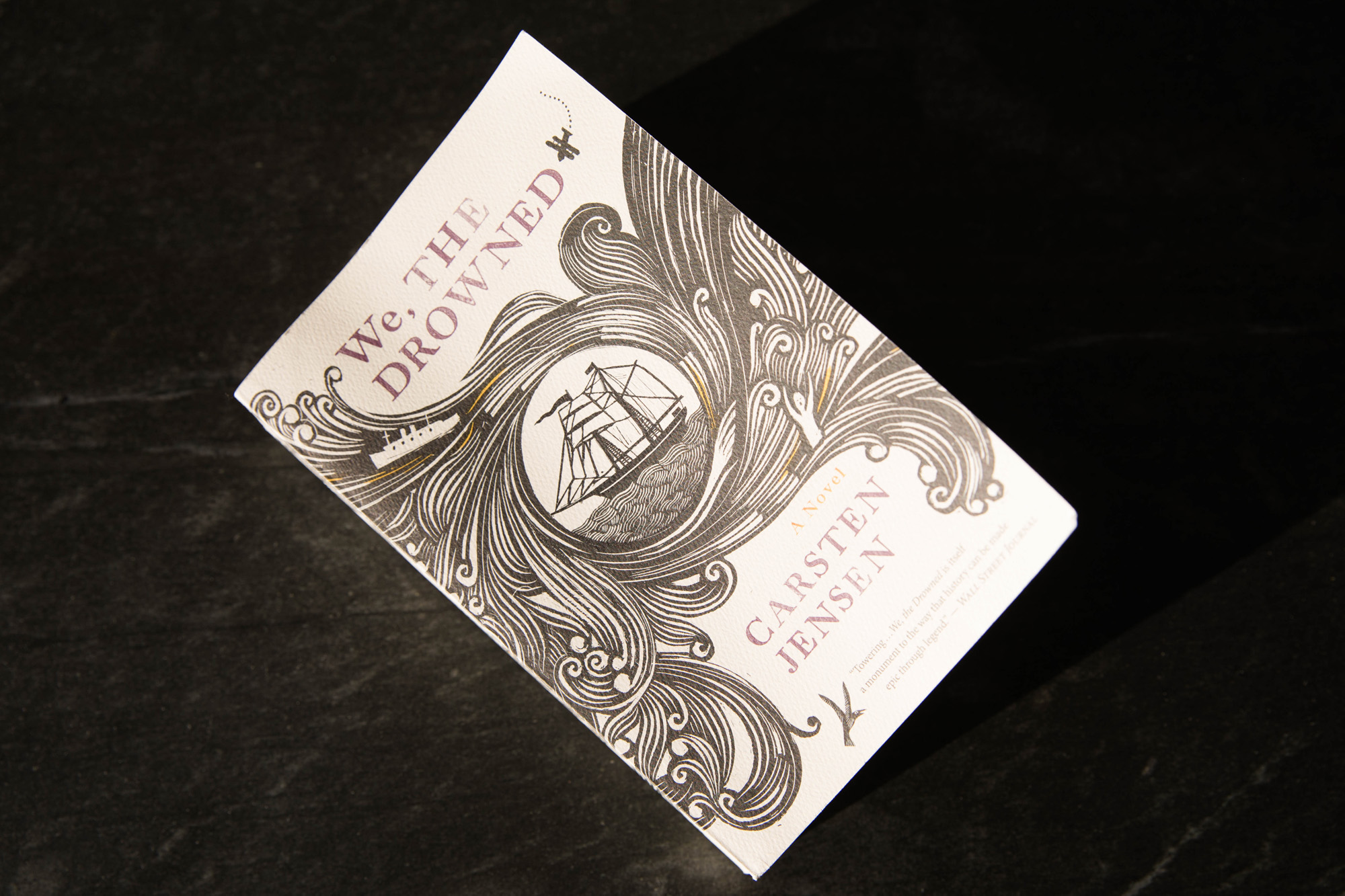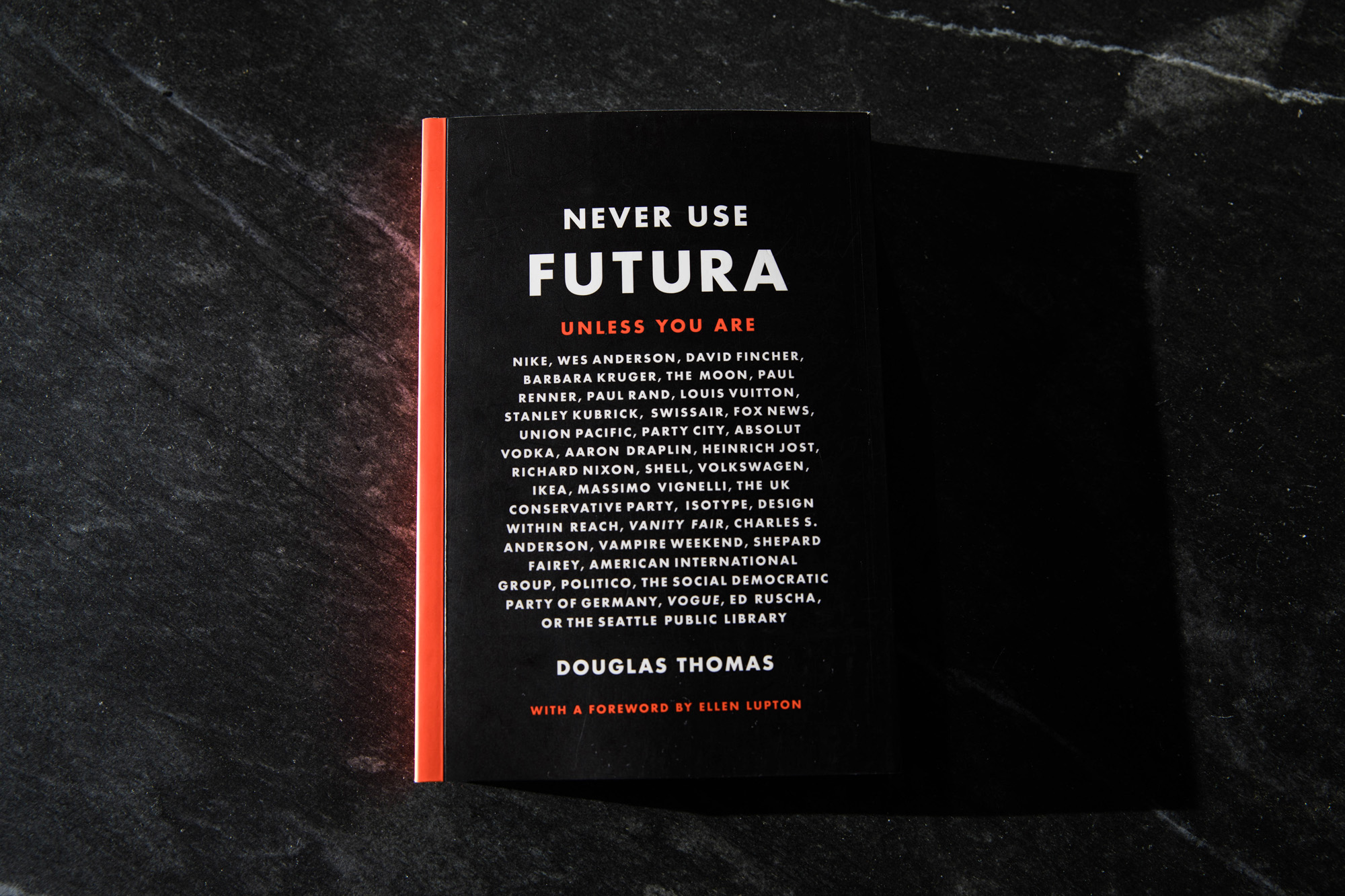
This book was a bit of a deviation from my normal fare, in that, it’s fiction. I have a hard time reading just for entertainment’s sake. I like to be able to take away bit of new practical knowledge from every book I read, even if it is just a story about someone’s life. I was able to justify reading We, the Drowned because, while fiction, it is based on the history of Marstal Denmark from the 1840s through the end of World War II. I’m fascinated by that era generally, and because of my Danish heritage, I’m specifically interested in the history of Denmark during that era. There was added entertainment in the fact that several of the characters in the book bore the same names as my ancestors.
Prior to reading this book, I knew nothing about Marstal. Having now read the book, I actually have a pretty strong desire to visit. It is a small town in the southern part of Denmark, on the island of Ærø. The book is written from third person, but not in an omniscient voice. Instead it is written from the collective voice of the town of Marstal. As the title of the book would suggest, Marstal has a history laden with sailing. Carsten Jensen does an amazing job of telling this story, creating very detailed imagery with the text. This is true to the point that I would not suggest this book for readers who shy away from a bit of gore. It spans over two world wars, and graphically depicts the ugliness that occurs at sea during wartime.
The book was a bit slow to draw me in. But once it did, I did not want it to end. Luckily it is 675 pages, so it lasted me a little while. I would definitely recommend it to anyone who enjoys learning about that span of history, merchant sailing, or just reading a really good story.


